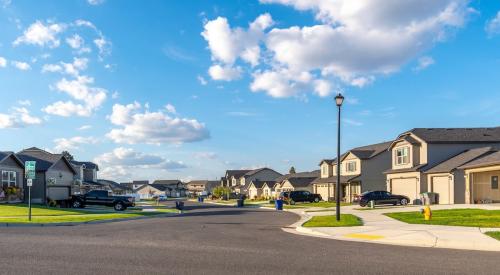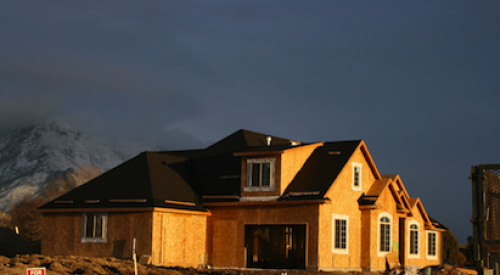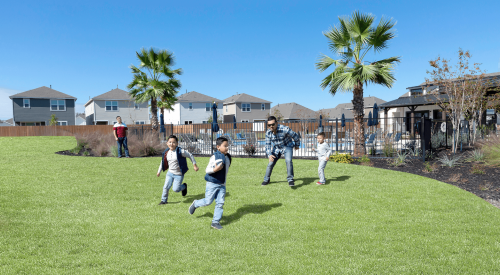Income segregation is a growing problem affecting the U.S. housing market. Millennials are leaving urban cores for more affordable areas, and they’re also migrating away from rural markets still grappling with post-recession decline.
Tech hubs and the biggest U.S. metros often attract Millennials, with an abundance of employment opportunities and vibrant cultural activities. Yet these areas are plagued by what urban studies theorist Richard Florida describes as “rising inequality, deepening economic segregation, and increasingly unaffordable housing.” These factors contribute to the inability of Millennials who wish to become first-time homebuyers to purchase homes there.
Yet a 2017 housing report from Harvard University’s Joint Center for Housing Studies found that growing income segregation isn’t limited to urban areas. Data show that the fastest growth of high-poverty neighborhoods in the U.S. was in rural communities. The housing crisis uniquely affected rural markets due to these areas’ geographic and economic isolation. Rural residents are facing diminishing populations and property values, lenders withdrawing investment from communities, and growing unit vacancy.
Such changes may cause a reconstruction of urban, suburban, and rural housing markets and economies, redrawing the boundaries of purchasing power and demographic areas. Millennials are increasingly drawn to the edges of suburbia for affordable housing, a strong sense of community, and lifestyle amenities. Demographer and urban planner Dowell Myers concluded in a 2016 report that U.S. cities are currently hitting “peak Millennial,” resulting in a new suburban wave. This wave could signal a redrafting of the housing map and local economies, which could in turn include a transformation of homebuyer needs.
The Housing Assistance Council, a national nonprofit, says that rural mortgage markets are sharply affected by high-cost and subprime loans as well. The concentration of high-cost loans may hamper a rural market’s ability to grow and sustain value. In addition, employment opportunities, particularly high-paying positions, are harder to come by in rural areas, diminishing a community’s appeal and potential for financial stability.













